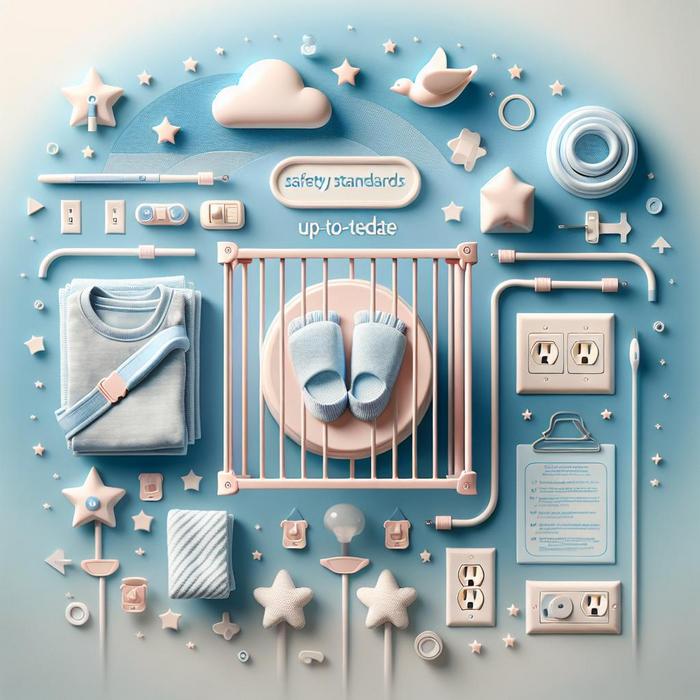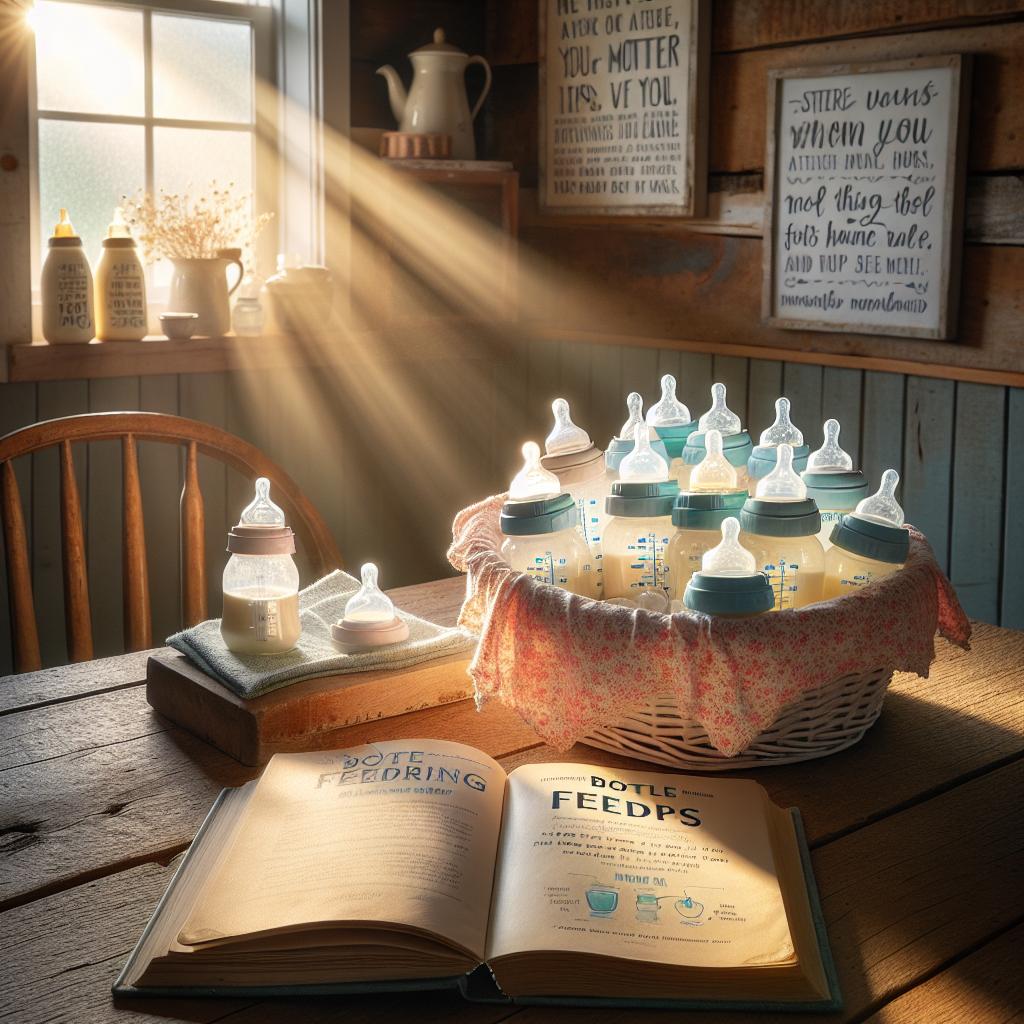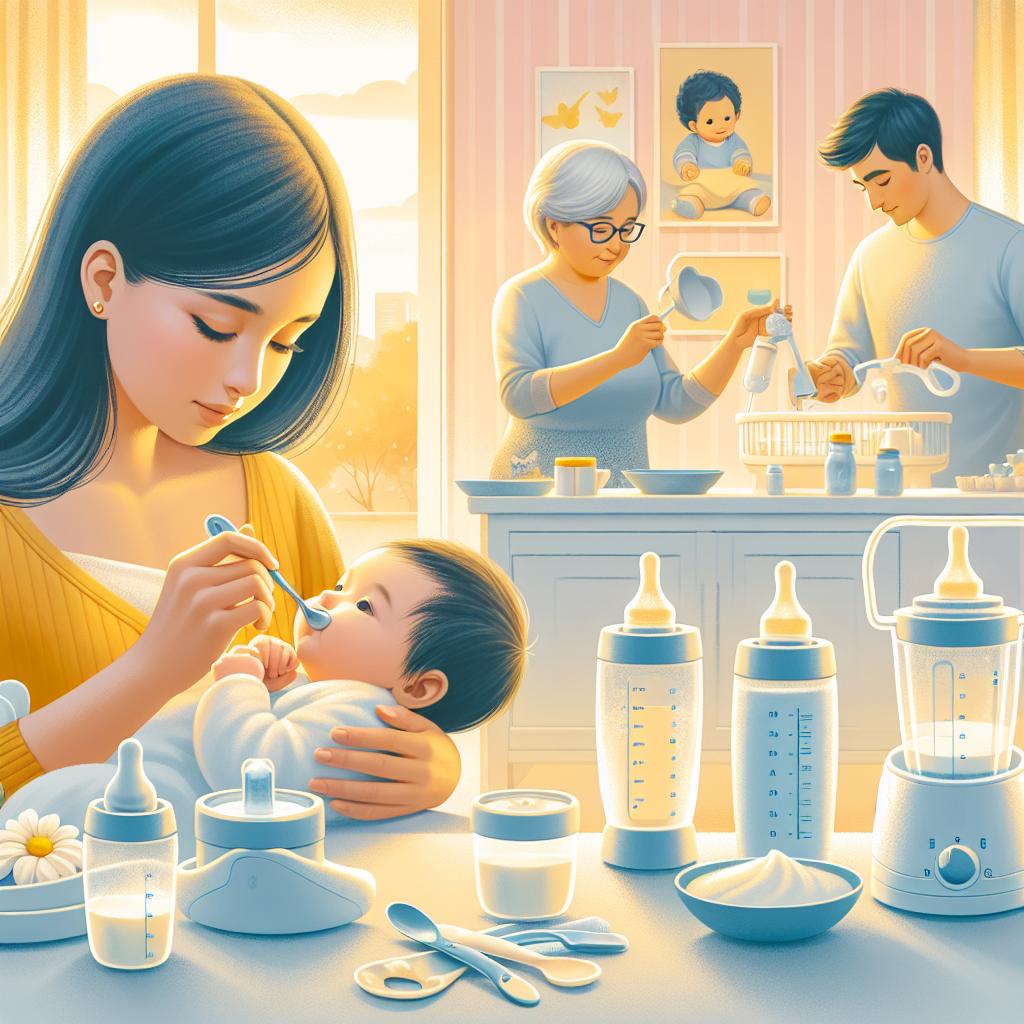Understanding Baby Safety Standards
With parenting comes responsibility, and one of the most significant responsibilities is ensuring your child’s safety. You must stay updated with the latest baby safety standards, and implement these guidelines in your daily life. The standards cover various areas, from car seats to cribs and feeding techniques, all dedicated to protecting your precious little one.
The Importance of Adherence to Baby Safety Standards
Staying up-to-date with baby safety standards is crucial for two main reasons:
- It keeps your child safe by mitigating the risk of accidents or injuries.
- It ensures that any products or equipment you buy for your child adhere to the up-to-date safety regulations. This can instill confidence in your choices as a parent.
Latest Standards for Cribs and Baby Sleep
Newborns spend a significant portion of their day sleeping. Therefore, ensuring they sleep in a safe environment is critical. The baby safety standards for sleeping are as follows:
- Cribs must not have drop-side rails.
- The gaps between the crib slats should not be more than 2 3/8 inches apart to prevent babies from slipping through.
- The mattress should fit snugly in the crib; there should not be a gap that a baby can slip into.
For more detailed guidelines on crib safety, you can check out the Safe Sleep page on the Consumer Product Safety Commission’s website.
A Look at Car Seat Safety Standards
Car seats are designed to protect your baby in the event of a collision. They can be lifesavers, but only when used correctly, so it is vital to adhere to the latest baby safety standards for car seats.
- Rear-facing car seats are the safest option for infants, and it is recommended that children continue to use them until they reach the highest weight and height allowed by the car seat’s manufacturer.
- All car seats and boosters must be installed and used according to the manufacturer’s instructions.
- The harness should be snugly adjusted, and the retainer clip should be placed at the armpit level.
Feeding Safety Standards for Babies
Feeding your baby safely involves more than ensuring the food is not a choking hazard. There are many other factors to consider, such as the timing and method of introducing solid foods. For more detailed information on feeding safety, you can visit the Feed Guide website. There, you’ll find expert advice on resolving common parental concerns and the impact of feeding techniques on your baby’s oral development.
Understanding Baby Safety Standards: Toys
Toys are an essential part of every baby’s development and growth, but they can present safety hazards if not selected and used appropriately. The baby safety standards for toys are often overlooked but are essential in ensuring your baby’s safety.
- All toys should be large enough so they can’t be swallowed or lodged in the windpipe.
- Avoid toys with small parts for children under three. Anything that can fit in a toilet paper roll is deemed unsafe.
- Confirm toys are lead-free, especially before your baby puts them in the mouth.
Baby Safety Standard: Baby Monitors
Baby monitors offer parents peace of mind as they alert them if their baby needs attention. However, incorrect placement can lead to accidents, including strangulation of the infant. Always follow the baby safety standards for baby monitors:
- Place monitors at least three feet away from the crib.
- Don’t place on or within reach of a child’s crib or bed as cords can pose a strangulation risk.
- Ensure your monitor doesn’t interfere with other household electronics.
Baby Bathing Safety Standards
Bathing a baby, especially a newborn, can be intimidating. Many parents worry about baby slipping in the water or even drowning. Here are the baby safety standards when it comes to bathing:
- Never leave a baby unattended in the bath, even for a moment.
- Water temperature should be between 90°F and 100°F to prevent burns.
- Use a bath seat or inflatable tub within the bathtub to provide extra stability.
Baby Safety Standards for Clothing
Clothing is another aspect of baby safety that requires attention. The baby safety standards when it comes to clothing are as follows:
- Choose clothes made of flame-resistant fabric for babies.
- Avoid clothes with small buttons, ties or strings as these can become choking hazards.
- Choose clothes with a snug fit, especially those worn at night, to reduce the risk of SIDS.
These safety standards are just some of the many you need to be aware of as a parent. Rest assured, knowing and following baby safety standards can help keep your little one safe and secure, leaving you to enjoy the special moments of parenting.






